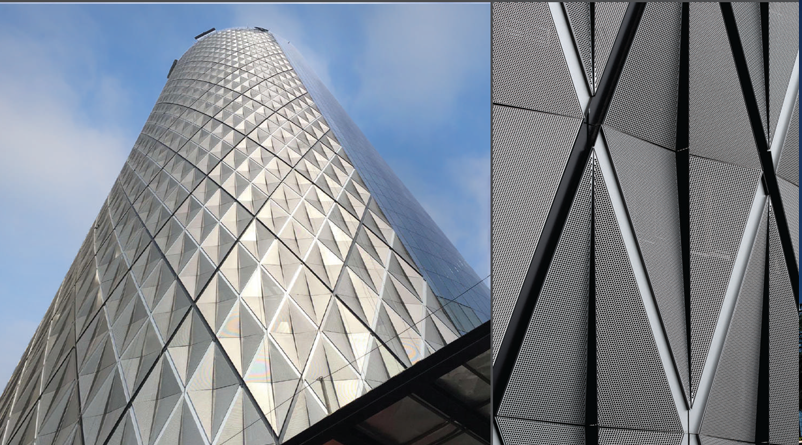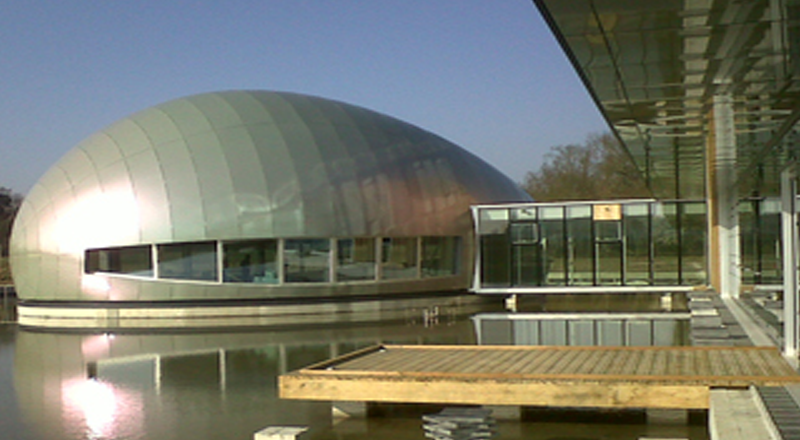When it comes to building safety, using the right materials can make a big difference. Fire Retardant Material is one of the smartest choices for construction because it helps prevent the spread of fire, protecting both people and property. In this blog, we will explore why Fire Retardant Material is essential, what types are available, and how they are used in modern construction.
What Is Fire Retardant Material?
Fire Retardant Material is a type of material that is designed to resist burning and withstand high temperatures. It doesn’t catch fire easily, and even if it does, it slows down the spread of flames. These materials are often treated with special chemicals or made from non-flammable substances that keep them from igniting quickly.
Many types of Fire-Resistant Materials are used in construction, including composite roof panels, fire retardant fabrics, aluminum cladding panels, and polycarbonate roofs. Each type is suited for different parts of a building and helps improve overall fire safety.
Key Reasons to Choose Fire Retardant Materials
1. Increases Safety in Buildings
The primary reason for using Fire Retardant Material is to increase the safety of a building. Fires can spread quickly, causing damage and putting lives at risk. Materials that resist fire give people more time to escape and help firefighters control the blaze.
For example, fire retardant fabrics used in curtains and furniture coverings prevent fires from spreading through rooms. Similarly, aluminium façades and composite panels used in the building’s exterior protect the structure from external fires, such as wildfires or nearby building fires.
2. Ideal for High-Temperature Areas
Some parts of a building, like kitchens or industrial areas, experience higher temperatures than others. Fire Retardant Material is especially useful in these areas because it can handle the heat without catching fire. Materials like aluminium honeycomb core and honeycomb aluminum sheets provide both fire resistance and strength, making them perfect for high-temperature environments.
3. Protects Building Structures
Fire-retardant materials also help protect the structural integrity of a building. In a fire, regular materials may weaken and collapse, but Fire Retardant Material maintains its shape and strength longer, helping the building remain standing. Aluminum composite panels and polyvinylidene fluoride (PVDF) coatings are often used on building exteriors for this reason. They provide a strong outer layer that resists fire and prevents damage to the building’s core.
Types of Fire Retardant Materials in Modern Construction
There are many types of fire retardant materials used in construction today. Each type serves a unique purpose, helping make buildings safer and more resilient.
1. Composite Roof Panels
Composite roof panels are made from layers of different materials, including fire-resistant ones. These panels help prevent fires from spreading to the roof, which can be especially important in areas prone to wildfires. Composite roof panels are also durable and can withstand various weather conditions, making them a popular choice for modern buildings.
2. Fire Retardant Fabrics
Fire retardant fabrics are commonly used in homes and commercial spaces. They are treated with special chemicals that make them flame-resistant, helping prevent fires from spreading through items like curtains, furniture, and wall coverings. These fabrics are especially important in public places, where they provide extra safety for large groups of people.
3. Aluminum Composite Panels (ACP)
Aluminum Composite Panels are another popular choice for building exteriors. These panels are made from Fire Retardant Material and are used in façade design to create a sleek, modern look while providing fire protection. ACPs are lightweight yet strong and can handle high temperatures, making them ideal for tall buildings and structures that require extra fire safety.
4. Polycarbonate Roofs
Polycarbonate roofs are commonly used for areas that need natural light, such as patios or greenhouses. Polycarbonate is naturally resistant to heat and fire, so these roofs offer fire protection while allowing sunlight to filter through. Polycarbonate roofs are also strong and durable, making them an excellent choice for outdoor spaces.
5. Aluminium Honeycomb Panels
For areas that require both strength and fire resistance, honeycomb aluminum panels are a great option. These panels have a honeycomb structure inside, which gives them extra strength without adding weight. Aluminium honeycomb core materials are often used in walls and floors for fire safety and structural support.
The Role of Fire Retardant Materials in Building Façades
Building façades are the outer layers of a building that protect it from the elements. Using Fire Retardant Material in façades, such as aluminium cladding panels, enhances both the appearance and the safety of a building. Aluminium façade systems with fire-resistant properties are common in modern construction, especially in high-rise buildings where fire safety is a top priority.
Aluminium cladding façades not only resist fire but also offer weather protection. They can withstand high temperatures and do not warp or crack easily. With the addition of a polyvinylidene fluoride (PVDF) coating, these façades become even more resistant to flames and UV rays, making them perfect for modern architectural projects.
Advantages of Fire Retardant Materials in Construction
1. Improved Fire Protection
Fire Retardant Material improves the fire protection of a building by slowing down the spread of flames. This helps protect people inside and gives emergency responders more time to control the situation. Using fire-retardant materials like aluminium honeycomb panels and composite roof panels in key areas of a building significantly enhances fire safety.
2. Long-Term Durability
Fire-retardant materials are built to last. Many of them, like aluminum composite panels and honeycomb aluminum sheets, are highly resistant to weather, UV rays, and other environmental factors. This means they retain their appearance and strength over time, providing long-term protection for buildings.
3. Reduced Maintenance
Buildings made with Fire Retardant Material require less maintenance because these materials are designed to withstand high temperatures and environmental wear. For example, polycarbonate roofs and aluminium cladding panels do not need frequent repairs or replacements, saving building owners time and money in the long run.
Fire Retardant Materials in Green Building Projects
Sustainability is a big part of modern construction, and Fire Retardant Material plays a role in green building projects as well. Many fire-retardant materials, like aluminum composite panels, are recyclable, making them a more eco-friendly choice. Choosing materials that are both fire-resistant and sustainable supports a safer and greener future.
Conclusion
Using Fire Retardant Material in building construction is a wise decision that enhances safety, durability, and environmental friendliness. From composite roof panels to aluminium facade systems, these materials protect buildings from fire while adding strength and aesthetic appeal. Whether you’re constructing a high-rise office building or a family home, fire-retardant materials make the structure safer and more reliable.
In summary, Fire Retardant Material offers many benefits that make it a smart choice for any construction project. Its ability to withstand high temperatures, protect against fire, and offer long-term durability makes it essential for modern buildings. For anyone looking to build safer, stronger, and more sustainable structures, Fire Retardant Material is the way to go.










